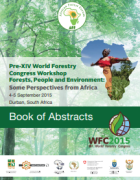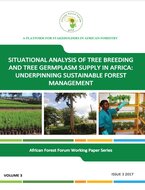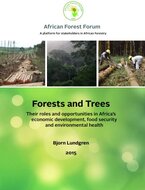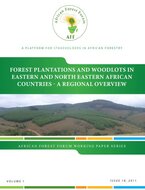Our Goals
500,000+
AFF Members
500+
AFF Staffs
50+
Africa Forest Enhancement
Delineation and goal of AFF’s work
The overall goal is to facilitate the enhancement of SFM in all forest types in Africa.
In this programme area, AFF, with appropriate partners, will work on increasing the knowledge and understanding on how to manage Africa’s forest and tree resources, including their dynamics, containing deforestation, increasing their quality and extent, best silvicultural practices, protection of the resources, improved seed sources and other aspects related to managing, expanding, improving and protecting the resources.
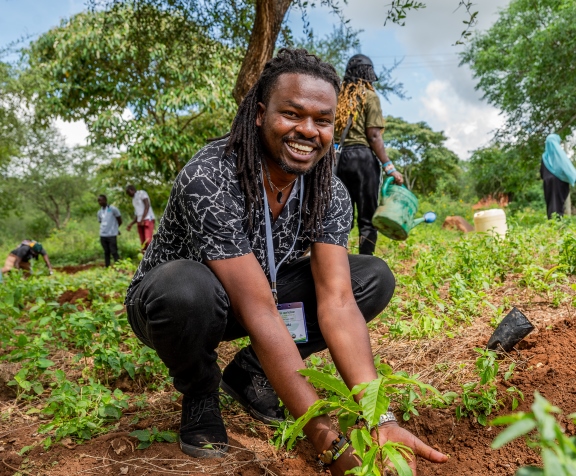
Context
Following the Rio+20 Summit in June 2012, there is an increasing global interest in SFM and focus on a green growth pathway in which sustainable utilization and conservation of forests play a major part by protecting biodiversity, ensuring water supply and mitigating climate change, as well as securing forest based livelihoods and providing necessary and desired products and services to rural and urban populations. This requires a holistic approach to the management of forest and tree resources and mobilization of both the public and private sectors to support SFM.
At the African Union Summit in Malabo in June 2014, the Heads of State directed the AU Commission (AUC), in collaboration with Ministers responsible for forests, to put in place a Framework for Sustainable Forest Management Programme in Africa (SFMP). The strategic objective of the SFMP is to enable AU Member States and the Regional Economic Communities (RECs) to sustainably manage and develop their forestry sectors for socioeconomic development and environmental protection.
Examples of issues, challenges and opportunities to be addressed
Contain loss of forest cover; e.g. through a better understanding of the drivers of such loss and how they evolve over time, and of measures and mechanisms to rehabilitate/restore degraded forest lands including ways to promote them.
Expand forest cover where appropriate; e.g. by identifying the potential, scope and investments for such expansion through plantations, woodlots, agroforestry practices, enrichment planting, FMNR, etc. in various landscapes.
Better management of forest and tree resources; e.g. by facilitating containment of invasive species, promoting forest certification as a means for achieving SFM, promoting and facilitating management of trans-boundary forest resources, strengthening supply of quality germplasm for planted forests and trees on farm, strengthening surveillance of pest and diseases within and among countries, and by facilitating improvements to tree husbandry practices.
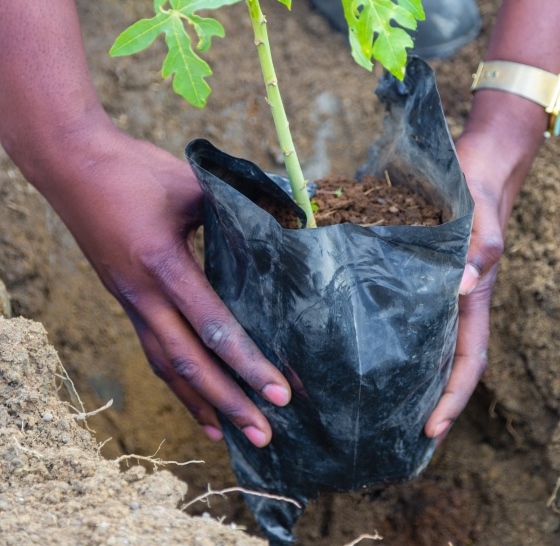
Publications
News
View More
Kenyan Youth Declare Bold Commitment to Forest Conservation and Green Economy Ahead of COP 30
Staff
Events
See AllSeventh session of the UN Environment Assembly (UNEA-7)
30th United Nations Climate Change Conference 2025 (UNFCCC COP30)
International Youth Day 2025
Knowledge Products
View MoreImpact Stories
View More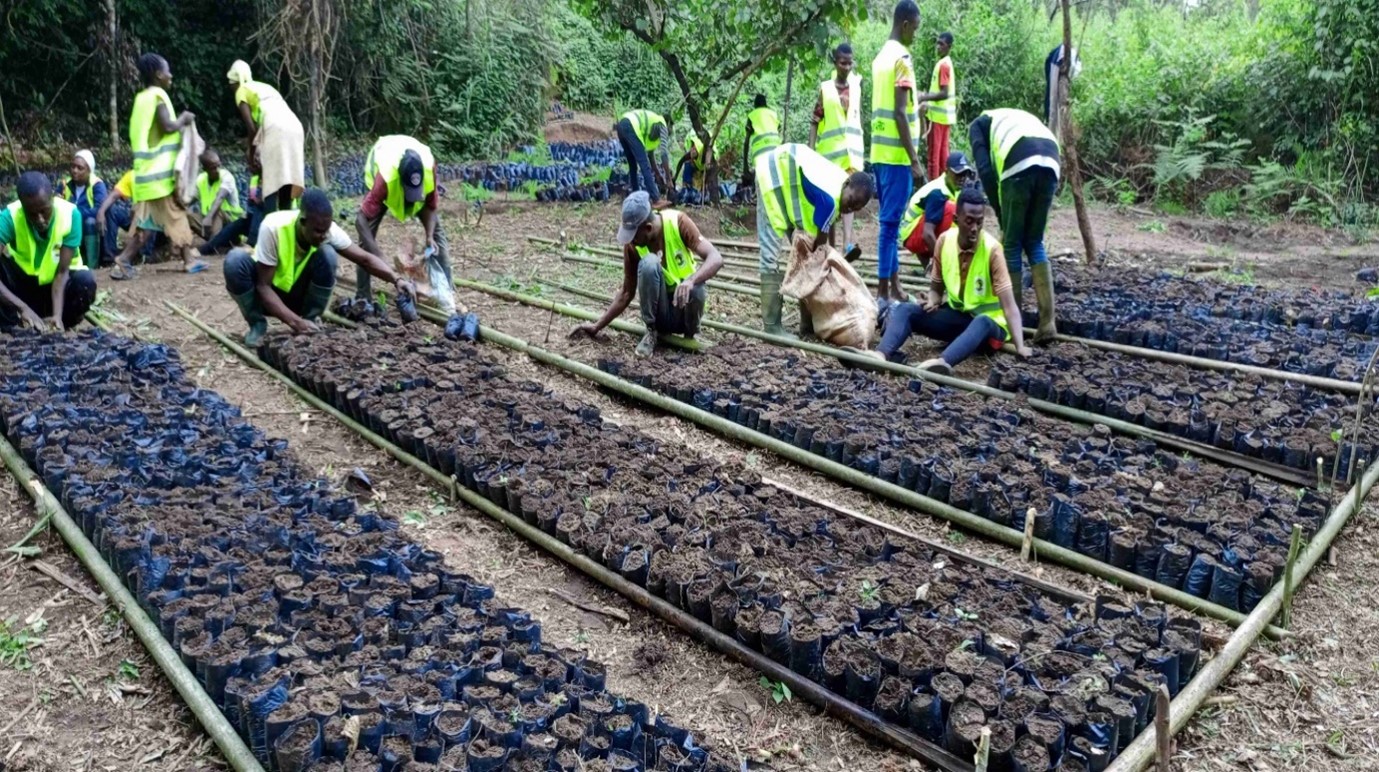

Climate action by youth in Cameroon
Citizens of Cameroon have increasingly suffered from the effects of climate change. Global warming produces different effects in the various regions of the country. In southern Cameroon it’s the farmers that have faced new challenges. Rain has become rare. Farmers don’t know when the rainy season will begin, nor when the dry season will come.

Championing gender equality to boost forest conservation in Cameroon
Women make up more than half of Cameroon’s 27 million citizens. About 70% of these women live in rural areas. Many of them harvest wild forest products to help sustain their families. However, community rules often work against them. In some areas they can’t own land or inherit it from their husbands. In others, women are prohibited from planting trees on degraded land.


Research and forest-related livelihoods
Kenya has over 2.6 million hectares of gazetted forests, spread out over 8.83% of the country’s land mass. This is up dramatically from about 3% just 5 years ago. The country boasts a variety of forest types, from rainforests to mangroves, montane forests, dry forests, and, of course, plantation forests. This natural capital plays an important role across multiple economic sectors such as water, agriculture, energy, tourism, fisheries, etc.


